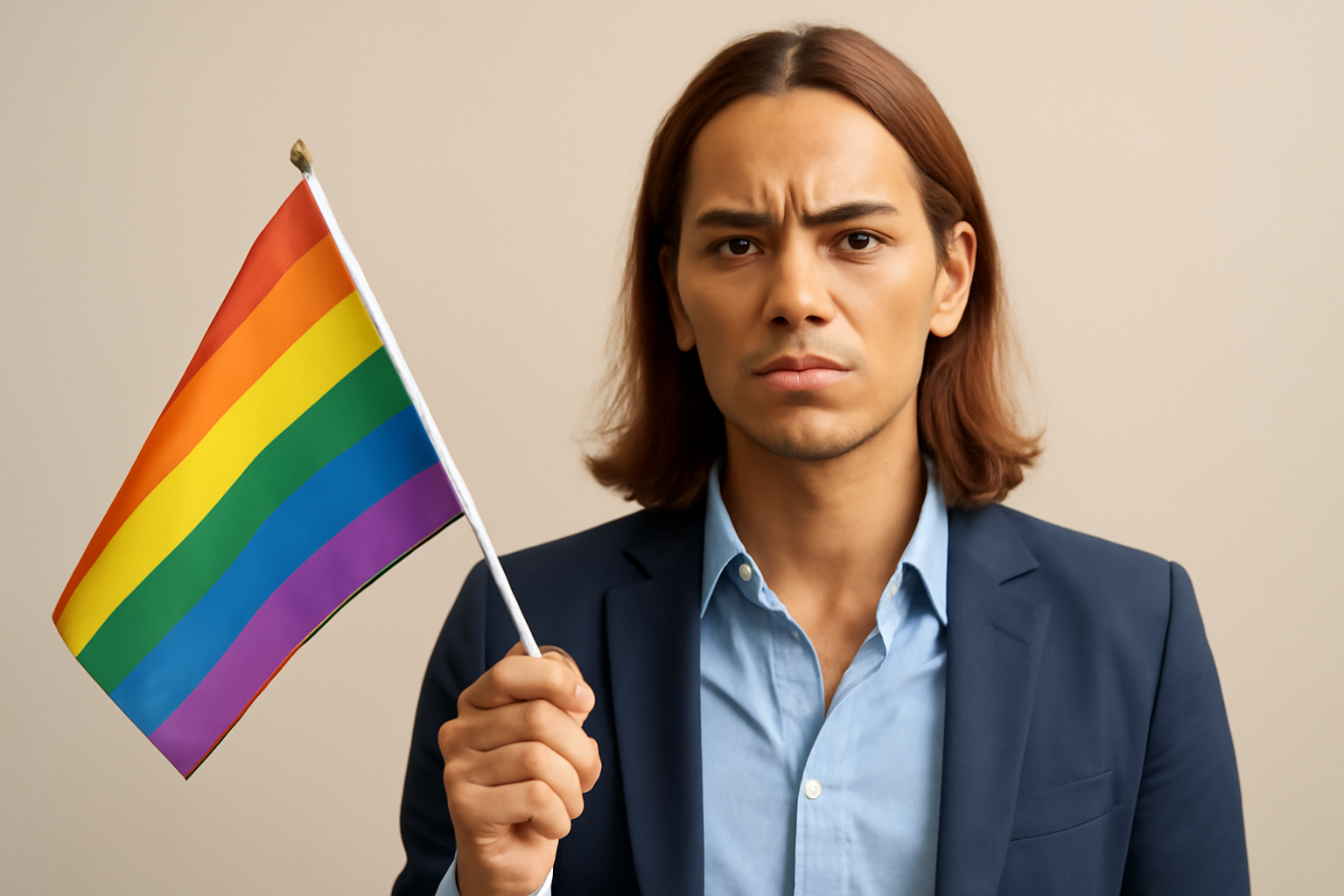
The Equal Employment Opportunity Commission (EEOC) has recently come under fire for its approach to handling cases involving transgender and nonbinary individuals following a new directive issued by the federal government. The directive, which aligns with a broader policy framework, emphasizes a binary understanding of sex, raising concerns about how this will affect the rights and protections of transgender and nonbinary people in the workplace.
Background of the Directive
In recent years, there has been significant progress in the recognition of transgender and nonbinary rights across various sectors in the United States. However, the latest federal directive represents a shift that advocates fear will undermine these advancements. The directive instructs federal agencies, including the EEOC, to interpret the concept of sex strictly as male or female, which echoes earlier policies that have been criticized for excluding nonbinary and transgender identities.
Under this directive, the EEOC's role in advocating for employment rights related to gender identity and expression is perceived to be significantly diminished. This has sparked widespread concern among LGBTQ+ advocacy groups, who argue that this policy not only ignores the existence and needs of nonbinary and transgender individuals but also contravenes the spirit of inclusivity and equal opportunity that many have been striving to achieve.
Impact on Transgender and Nonbinary Employment Rights
Transgender and nonbinary employees face unique challenges in the workplace, including discrimination based on their gender identity or expression. The EEOC has played a crucial role in addressing these issues, often interpreting federal laws, such as Title VII of the Civil Rights Act, to protect individuals from discrimination based on gender identity.
With the new directive in place, there are fears that the EEOC's ability to enforce these protections will be weakened. Many worry that cases involving gender identity discrimination may not be pursued as vigorously, potentially leaving individuals without recourse or support.
Reactions from Advocacy Groups
LGBTQ+ advocacy organizations have been vocal in their opposition to the directive, stating that it represents a step backward in the fight for equality. "This directive effectively erases the identities of millions of Americans who do not fit into a binary understanding of gender," one advocacy leader stated. "It sends a message that their rights and experiences are not valid or recognized by the government."
These groups are calling for a re-evaluation of the directive, urging the EEOC to continue its commitment to protecting all individuals from employment discrimination, irrespective of gender identity. They emphasize that the EEOC's mission should be to uphold the rights of all workers, and this should include recognizing and advocating for the rights of transgender and nonbinary people.
Legal and Social Implications
Aside from the immediate impact on workplace policies, the directive has broader social implications. It raises questions about how government policies will influence societal attitudes toward gender diversity. By adopting a binary framework, the directive may inadvertently promote a culture of exclusion, where nonbinary and transgender individuals feel marginalized.
Legal experts are also concerned about the potential for increased litigation as individuals and advocacy groups challenge the directive in court. There is a possibility that such legal battles could result in a patchwork of protections across different states, depending on how courts interpret federal and state laws in the context of this directive.
The Path Forward
As the conversation about gender identity and rights continues to evolve, many hope that the EEOC and other federal agencies will take a more comprehensive and inclusive approach. Advocacy groups are mobilizing to raise awareness and engage with policymakers to ensure that the rights of transgender and nonbinary individuals are not only recognized but actively protected.
In the meantime, it remains crucial for allies and community members to support transgender and nonbinary individuals, advocating for their rights in both workplace settings and broader society. By fostering an environment of understanding and acceptance, there is hope for a future where everyone, regardless of their gender identity, can thrive without fear of discrimination.
As the situation develops, the importance of remaining vigilant and proactive in the fight for equality cannot be overstated. Together, through persistent advocacy and dialogue, there is potential to influence positive change that resonates beyond the confines of policy directives.
Related Posts
Pedro Pascal Criticizes JK Rowling's Celebration of Supreme Court Ruling
Pedro Pascal responds passionately against JK Rowling's stance Pedro Pascal, known from his role in *The Last Of Us*, has openly criticized JK Rowling following her support over a controversial Supreme Court decision in Scotland. The ruling, which has ignited a wave debate, stated that under 2010's Equality Act, "women" refers strictly "biological women." This decision came after a lawsuit from F [...]
Fans Celebrate Chappell Roan's Release of New Sapphic Ballad “The Subway”
Chappell Roan's journey with "the subway" Hop on board with Chappell Roan. Chappell Roan has just dropped her highly anticipated song, "The Subway," and fans couldn't be happier. This sapphic ballade possesses everything we love about her music — it captures New York City's heartache and healing, all seen through her unique lens. The excitement around "The Subway" first kicked off earlier this [...]
Exploring Relationship Fulfillment: A Comparative Study on Monogamous and Non-Monogamous Partnerships
Recent studies shed light on satisfaction levels in various types, uncovering that folks in non-monogamous relationships are just as happy as their monogamous counterparts. A detailed study published in *The Journal Of Sex Research* took a closer look at 35 studies from both sides across Europe and America, involving 24,489 people from different relationship backgrounds. Despite societal judgment, [...]